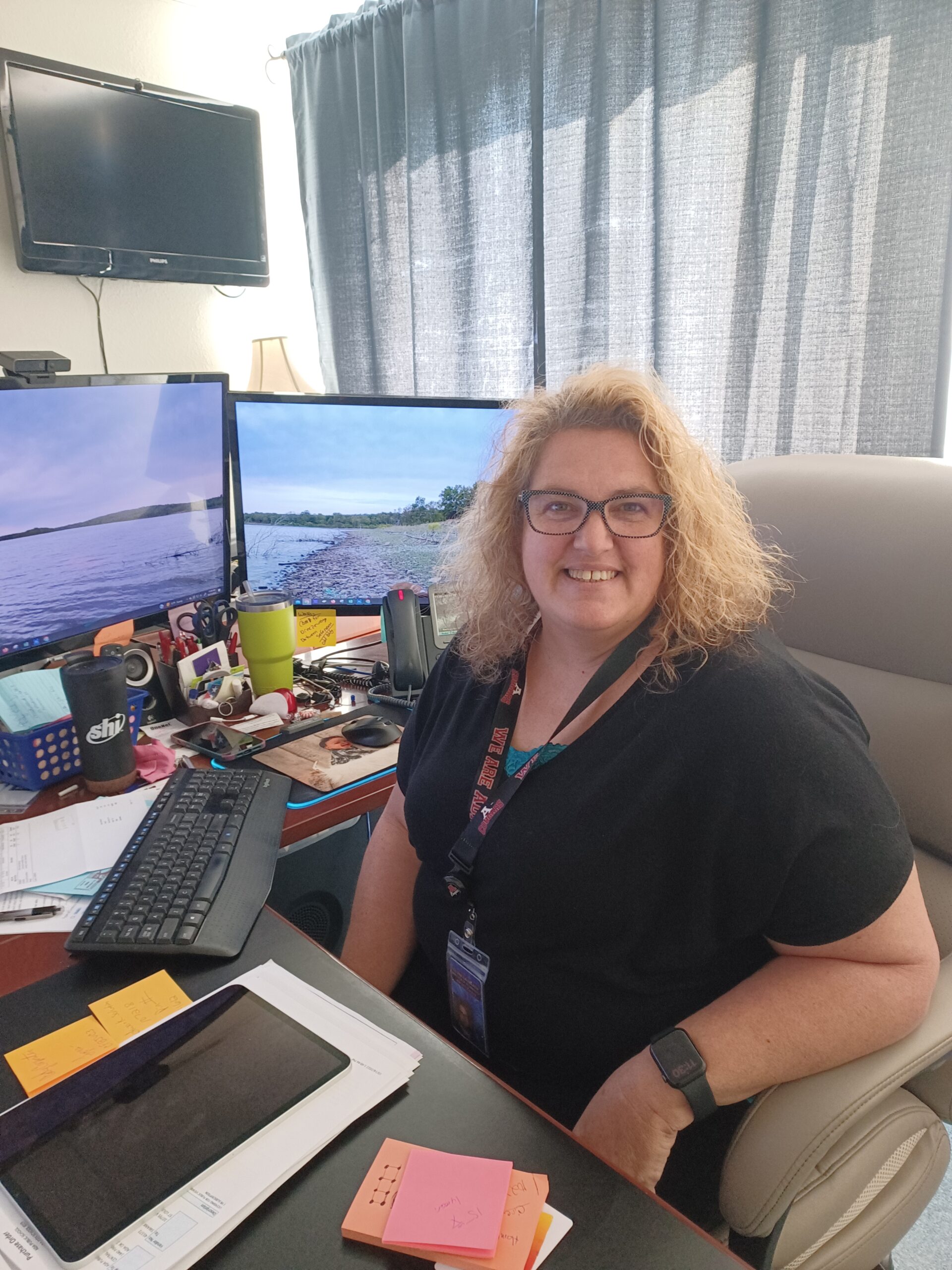
Celena Galbreaith: Technology and the Joy of Creative Problem Solving
October 21, 2022 by Jessika Leatherbury
By Sunnie Dawn Baker
 For 16 years, Celena Galbreaith has been on the frontlines of technology. Her experience has provided her with the expertise needed to help shape future generations of technologists as well as facilitate the educational opportunities needed for a school system to thrive. Though she has been out of the regular classroom for the past four years after being promoted to Director of Information Technology for Ada City Schools, she continues to mentor her students and help them along their own paths of technology and creative problem solving, helping others build the skills that could lead to successful tech entrepreneurship.
For 16 years, Celena Galbreaith has been on the frontlines of technology. Her experience has provided her with the expertise needed to help shape future generations of technologists as well as facilitate the educational opportunities needed for a school system to thrive. Though she has been out of the regular classroom for the past four years after being promoted to Director of Information Technology for Ada City Schools, she continues to mentor her students and help them along their own paths of technology and creative problem solving, helping others build the skills that could lead to successful tech entrepreneurship.
For Galbreaith, technology and computer science are inherently creative; that is something that she loves most about all of her different work in the field. When she was completing her master’s degree in Technology Education, she was also working at Radioshack. She loved helping people find new solutions to their problems. Every day was a different challenge and every day she would rise to the occasion. If she didn’t know the answer, she wouldn’t rest until she could find the answer. She would play around with the technology and experiment until she was satisfied with a solution. This is something that gave her immense joy that she later would pass along to her students.
Galbreaith began her teaching career in the English classroom, though she applied her creative problem solving to those challenges as well. Eventually she changed course to teach in the computer science program and was able to influence a new generation of students. For Galbreaith, the most rewarding part of her work was seeing the “aha” moment on her students’ faces. It was the moment when they would connect the dots and have a real understanding of what they were doing, what was possible, as well as the knowledge that they could do things that once seemed impossible. Even in a highly technological age, it is so easy to see technology as a form of magic—something otherworldly that only a few select can understand and create—but Galbreaith wanted to make sure that her students understood that it was something that they could do as well, something within their grasp, that they could understand fully and create for themselves.
This is one of the reasons why she was so excited to learn about the Global Hour of Code program when she was teaching at Ada Junior High School. Galbreaith had gone to Houston for professional development training with code.org—an organization devoted to expanding computer science education to all levels of schooling. When she came home, she was so excited about her studies that she went to administration and told them that she wanted to implement the Hour of Code program in Ada City Schools. Global Hour of Code is a celebration of computer programming where students all over the world participate in fun lessons and tutorials that help demystify the world of computer science and Galbreaith thought that if everywhere else can do it, Ada can too. The administration at Ada City Schools loved the idea and so Galbreaith put together a program that also incorporated speakers from Dell, the Chickasaw Nation, IRT, and LegalShield.
While it did come with its own special challenges—primarily scheduling time with devices for each student—it was still an amazing success. The beauty of something like Hour of Code is that every student is included, not just the ones that think they will like computer science and sign up for the elective. It allows students to learn the basics but in a game-like manner. They can create characters and scenarios from Minecraft, Super Mario Bros., or even their own dance party. Galbreaith was able to see many students have their own “aha” moments who would not otherwise have had the chance to experience it. Galbreaith says, “This is our hook. They like it, or they discover that they’re interested in it, and then we start grooming them to go on to be successful and giving them the resources that they need.” Since the initial investment of time into Hour of Code, the program has spread from the Junior High and High School all the way down to the elementary schools, making sure that the youngest students realize that they can do coding too. This initiative is instrumental in building an ecosystem supportive of tech entrepreneurship. Before someone can start their own tech company, first they have to realize that it is possible and that they are able to learn the skills and think in a creative way.
Galbreaith’s students do certainly learn to think in creative ways, and this is something that goes beyond the classroom. Some have become entrepreneurs, some have been inspired to go further with their computer skills, while others have actively began working with her. When Galbreaith taught the STEM portion of Ada City School’s summer camp program, two of her former students joined her as her assistants. She continues to support them in their technological endeavors and creative thinking. One of them, Michael Crowell started off in the IT department as Galbreaith’s assistant, but is now one of her field techs, going to the different school sites to help them figure out their technological issues, while also studying computer science at East Central University. He does troubleshooting, programming, repairs, but also spends a lot of time in the Sandbox, which is a safe space for Galbreaith and Crowell to experiment with potentially unsafe software. For instance, if there is a suspicious email, they can open it in the Sandbox to see exactly what it would do and how to fix any potential damage it could cause. It is yet another way for them to embrace technological challenges with creativity.
Since Galbreaith has been the IT Director for the past four years, she has had her own particular challenges, but even the challenges bring her joy. Galbreaith says, “I learn something every single day. I don’t go home having not learned something that day and I really like that.” Some are the typical challenges that all schools would face, such as dealing with infrastructure that was not intended for such technological advancements. Also, though, were the challenges of being IT director for a school system during a global pandemic. During the pandemic, Ada City Schools went forward with a 1 to 1 initiative to make sure that every student had their own device. While this is something that had been on their radar for a long time, Covid made it a necessity. In addition to the challenges of making sure that every student had a device, Galbreaith also had to figure out ways to make virtual schooling possible for every student as necessary, including providing hot spots to students without internet access. Now, though, all of these programs are in place so schooling doesn’t have to be disrupted whether it is from a flu outbreak or an ice storm. It has certainly come a long way from when Galbreaith was having to wrestle with device scheduling during her first Hour of Code program.
Galbreaith is part of a supportive ecosystem in rural Oklahoma that helps encourage and teach students, a necessary foundation for entrepreneurs who can create scalable tech startups. Galbreaith helps encourage their creativity and let them know that it is okay to try new things and even fail before you actually succeed. Her work allows the Ada City School technological systems to continue running smoothly, but she is still also there for her former students to encourage and mentor them. Even though she is out of the regular classroom, she continues to influence lives by teaching Upward Bound in the summer and also doing the STEM classes at summer school. For Galbreaith, the technology is all about the joy of a challenge and creative thinking; these are lessons that can be applied to entrepreneurship, technology, or even just life itself.
Learn more about Celena Galbreaith in November when the Rural Edge documentary about Ada is released. Watch the Ada Jobs Foundation website, social media, and newsletter for more information.
Sign up to receive more news from the Ada Jobs Foundation HERE!
Written by
Jessika Leatherbury
You may also interested in:
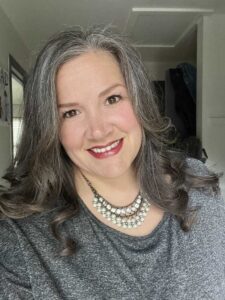
Adapt and Overcome: Allison Poe’s Recipe for Resilience and Growth
By: Sunnie Dawn Baker Allison Poe has always followed her feet. She waits for the signs to appear and, once she recognizes them, she travels that path, and has never
Jeff Warren: A Life in Sound, Vision, and Storytelling
By: Sunnie Dawn Baker When Jeff Warren got involved in the Houston music scene as a teenager, he had no clue where his path would lead. Now, nearly thirty years
From Pitch to Progress: ECU's Glass Recycling Program Turns Waste into Opportunity
By: Sunnie Dawn Baker In 2018, Dr. Christine Pappas competed in Ada Jobs Foundation’s Big Pitch Competition by promoting grinding glass bottles into sand. She won the Big Pitch that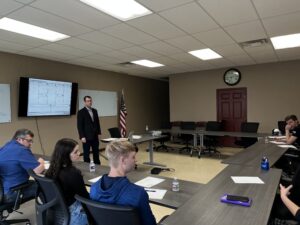
The Importance of Customer Discovery: Know Your Audience and Know Your Market
By: Sunnie Dawn Baker Entrepreneurs and small business owners must consider many factors to achieve success, with their target market being one of the most crucial. Sometimes, when people are
What Does Economic Development Do for You? The Significance of the Economic Multiplier
By: Sunnie Dawn Baker People often find the term “economic development” vague and confusing. Understanding how economic development works and benefits the community can be challenging. Though there are many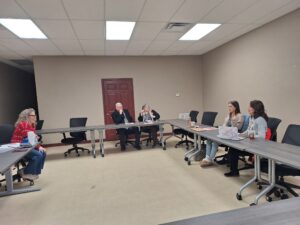
Helping Entrepreneurs One Workshop at a Time: Lauri Rowe and QuickBooks for Small Businesses
Entrepreneurs tend to be filled with passion and big ideas. They have found a solution to a problem they see in the world, and they barrel ahead, excited for their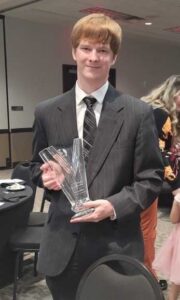
Hunter Cook: Technology, Entrepreneurship, and the Written Word
By: Sunnie Dawn Baker Hunter Cook started writing when he was seven years old. At first, he wanted to write comic books, but then he realized he couldn’t draw. He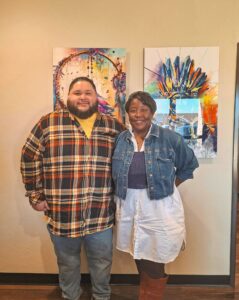
Empowering Native Artists: FAME App Brings Innovation to First American E-Commerce
By: Sunnie Dawn Baker Entrepreneurs are problem solvers. They are constantly striving for solutions to issues they see in the world or in their own lives. In the case of
Learn, Connect, and Grow: 2025 Workshops for Aspiring and Current Business Owners
By: Sunnie Dawn Baker A new year brings new possibilities, and, at the Ada Jobs Foundation, it also brings a new round of programming and workshops. As the local Economic